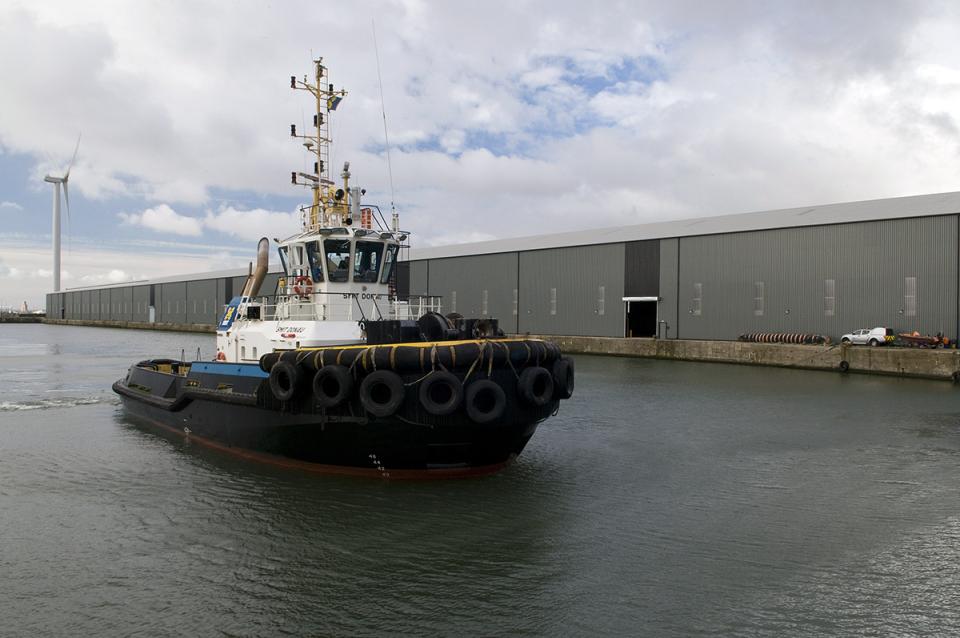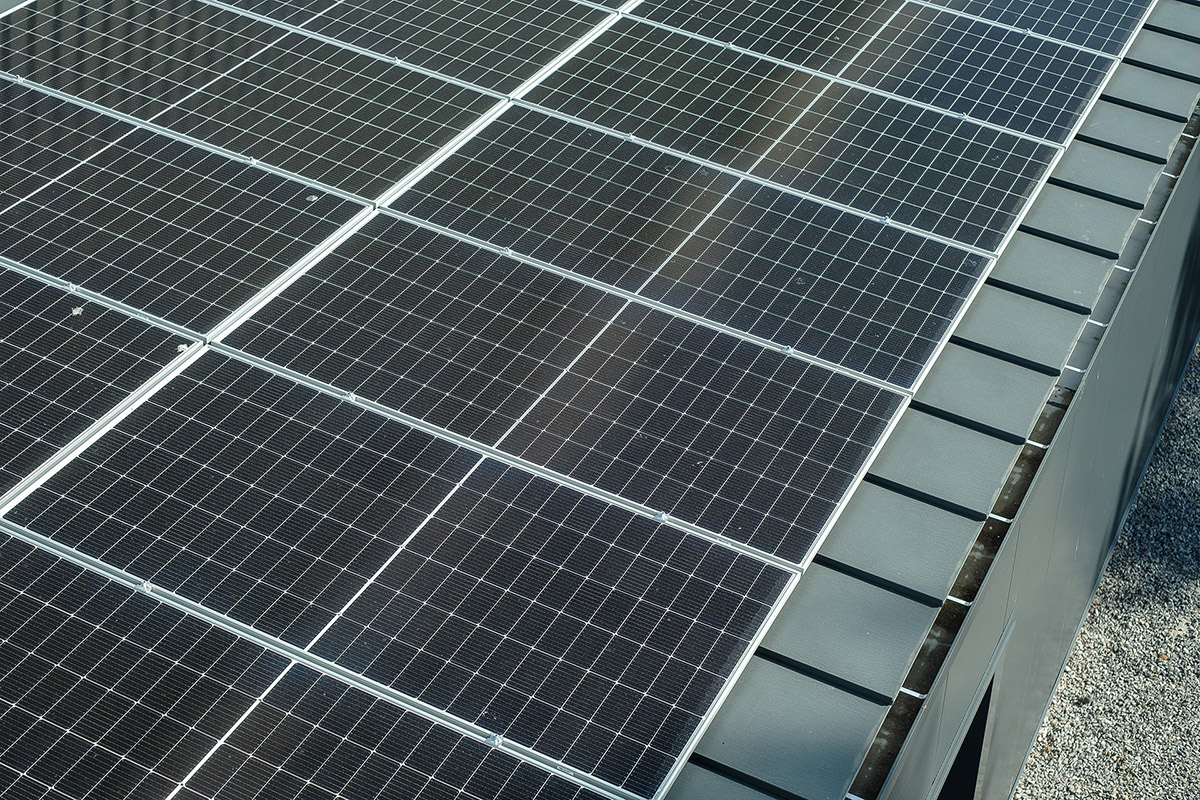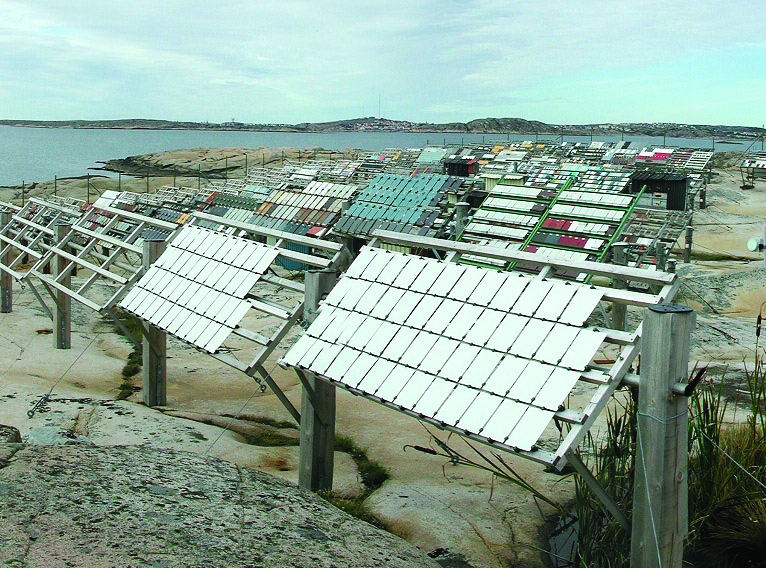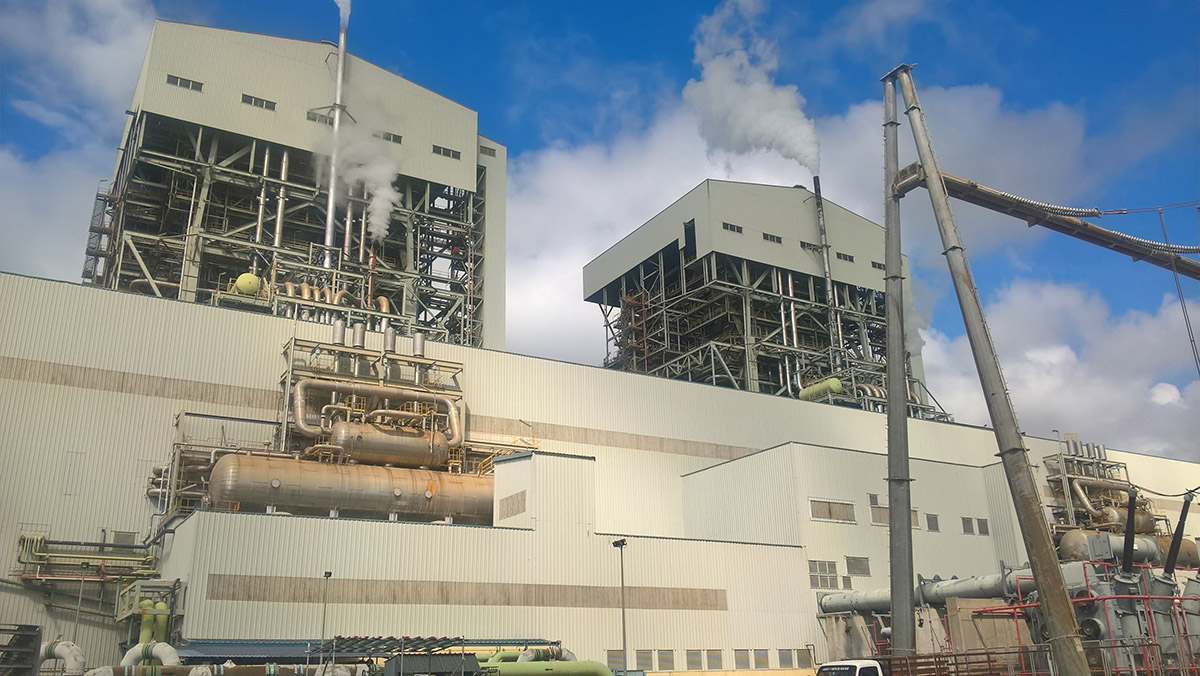As the industry focuses on the delivery of sustainable buildings, the durability of materials specified will have a key role to play in achieving this. Read on as Dr. Peter Barker, Manager New Product Development at Tata Steel, explores how considering the long-term performance of the building envelope is key if you are to deliver a whole life carbon benefit.
It’s a well-known statistic that the built environment generates around 40% of our global carbon emissions – a figure that the industry is working hard to reduce. While there are many factors at play here, product durability is a vital part of achieving more sustainable building envelopes that deliver in-use benefits. While a building is generally expected to have a lifespan in excess of 40 years, the reality can be very different, with its location, usage and materials used all contributing to the design life.

Imagine specifying and installing a steel cladding system that only lasts 10 years before it deteriorates and requires remedial works. The resources, money and embodied carbon spent on repairing or removing and replacing the building envelope system would be significant. Instead, by making informed specification decisions and choosing long-lasting, high-quality solutions backed up by comprehensive test evidence, we can do our bit in helping to build the sustainable structures of the future.
Steel buildings have evolved significantly, from simply meeting a need to keep contents (produce or people) dry, to now enabling architects, specifiers and contractors to create high-quality, aesthetic and incredibly long-lasting building envelopes.
Building requirements have also now changed, making it important to look at the value ‘in-use’ over the life of the building. Building owners want their building to stay looking good for a longer period of time. With this in mind, it’s easy to see why pre-finished steel has fast become one of the most popular building envelope solutions worldwide, thanks to the design advantages, maintenance benefits and corrosion resistance it can offer throughout a building’s lifecycle.
That said, it’s important to note that not all pre-finished steel products can offer the same performance levels. A key feature of pre-finished steel is the numerous layers that make up its composition, with paint layers, primers and pre-treatments all applied to the steel in an automated and carefully controlled process. It is the quality, type, thickness, consistency and application of these layers that dictate the overall durability and quality of the steel, resulting in a material that is truly robust, versatile and aesthetically pleasing.
A great example of this is the pre-finished steel’s topcoat, ranging from a nominal thickness of 25 microns to 200 microns. To put this into perspective the thickness of paint on modern cars is around 120 microns, with buildings expected to last a lot longer. This is especially important to consider from a building lifespan perspective, as well as a functional point of view. For example, if you are looking to install renewable energy systems on the building, such as Photovoltaic modules, it’s important to consider the robustness of the top coat during installation.
Another essential layer is the metallic coating that comes with pre-finished steel products, traditionally 100% zinc and often referred to as a Hot-Dipped Galvanised Steel (HDG). While this HDG coating does provide improved corrosion protection, when compared to uncoated steel, it can still leave cut edges vulnerable to increased rates of corrosion, as well as any corrosive attack dissolving all the metallic coating at the same rate.
In comparison, pre-finished steel that has an alloy metallic coating (such as zinc and aluminium) can offer a combination of increased barrier and sacrificial protection, with the metals corroding at different rates.
By taking a closer look at the layers of a pre-finished steel product, you can have a better idea of how well it will stand up to corrosion and UV radiation during the building’s lifespan. The latter is particularly destructive to paint coatings, with the UV rays directly absorbed and known to affect the colour’s gloss resistance. Fortunately, European Standards have put ratings into place to help you understand how pre-finished steel solutions will perform, enabling you to make more informed specification decisions from a corrosion and UV performance point of view.
For example, EN 10169 classifies the corrosion resistance of pre-finished steel using the ratings RC1 to RC5+. To achieve RC5+, the pre-finished steel must be subjected to extensive natural weathering tests. Samples must spend a minimum of four years at an extreme coastal location, certified as a C5 environment, and be able to resist blistering, surface damage and edge peel to less than 2mm in order to achieve the RC5+ classification.
Despite Ruv and RC ratings highlighting the performance of different factors, they should not be considered in isolation. Instead, specifiers should look at choosing products that meet all the requirements of the project, as well as being backed up with a comprehensive guarantee.
In an era when embodied carbon is driving specification choices, it’s important to consider “in use” carbon to get a real view of the building’s carbon lifecycle; otherwise, any savings achieved at the upfront carbon stage may be negligible in the life of the building. A key part of this is to consider the durability of building product and systems specified, taking into account real-life examples of performance, in order to further maximise the project’s lifespan and reduce its carbon footprint.
Tata Steel’s Colorcoat HPS200 Ultra® pre-finished steel combines outstanding performance with exceptional durability, designed to withstand even the most demanding and aggressive environments. Its multi-layered, 200-micron thick structure incorporates a unique protective layer and the latest polymer technology, as well as the Galvalloy® metallic coating, made with a special mix of 95% Zinc and 5% Aluminium. Having been installed around the world in many demanding environments, including the Middle East, South America and the Far East, Colorcoat HPS200 Ultra® surpasses the requirements of Ruv4 and RC5+ as per EN 10169:2022, proving excellent colour and gloss retention and corrosion resistance.
Furthermore, the product is chrome free (a requirement for all products manufactured in Europe since 2017), REACH compliant and comes with the industry renowned Confidex® guarantee. This offers up to 40 years protection for industrial and commercial buildings - the most comprehensive guarantee on the market – and is direct to the building owner, with full rectification in the event of a failure.
Colorcoat HPS200 Ultra® is also suitable for demanding internal environments. This is backed up by some of the further certification that the product has obtained, including: CPI5 (demonstrating excellent barrier properties), independently tested for liberation of volatile organic compounds (VOC) against EN ISO 16000-9 achieving an A+ rating. The product is also BBA certified, which recognises “Colorcoat HPS200 Ultra® coating and metal treatment will protect the steel substrate against corrosion for a period in excess of 40 years in normal industrial, urban, suburban and rural environments”.





































































































































































































































